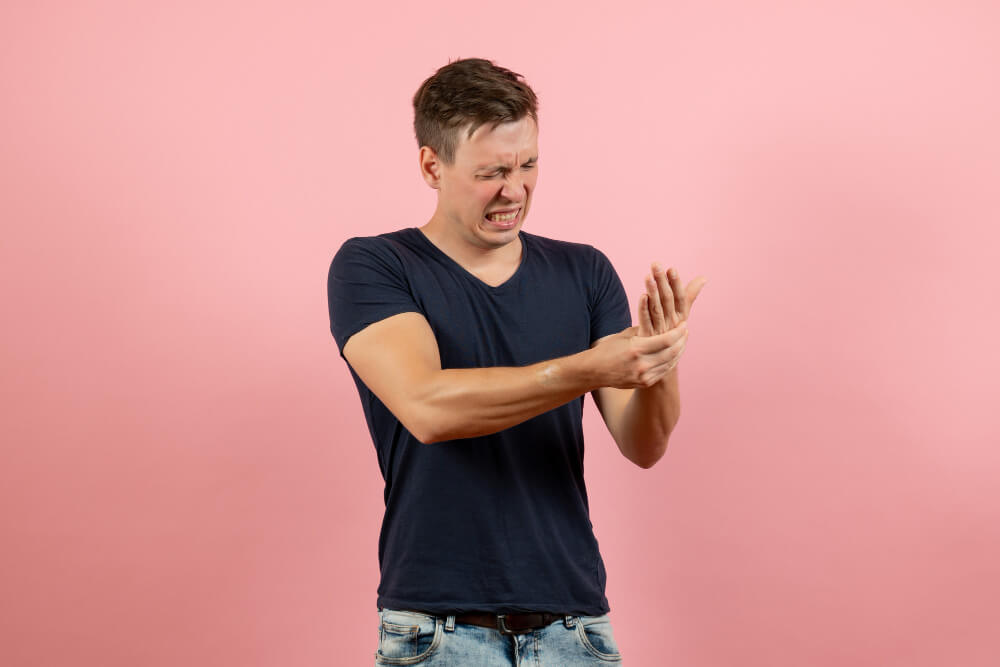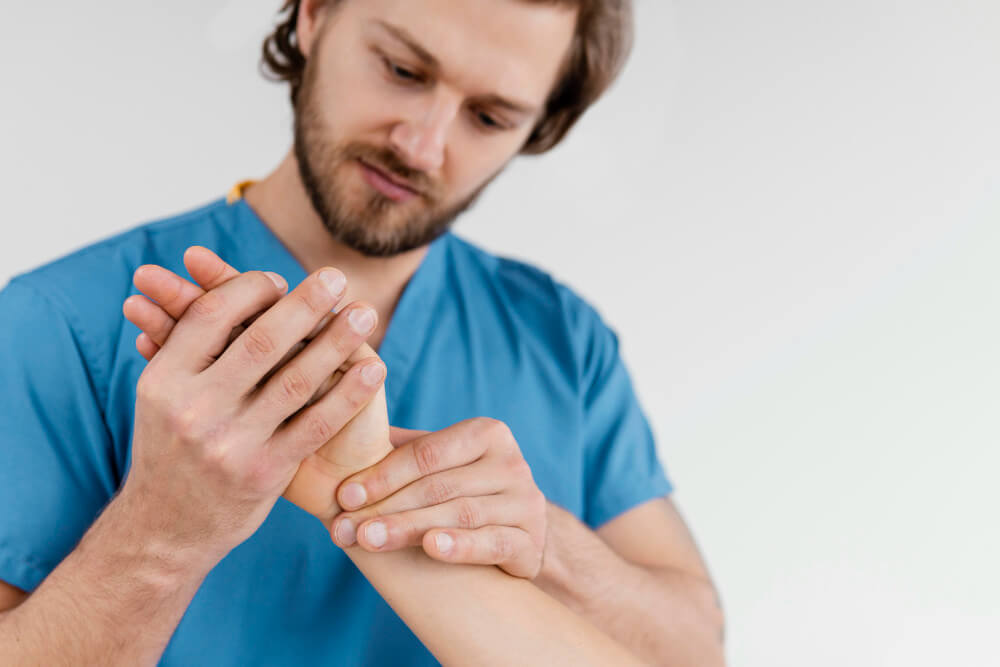Understanding and Overcoming Foot and Hand Pain: A Comprehensive Guide
Foot and hand pain are incredibly common issues that can significantly impact our daily lives. From the sharp sting of a sprain to the dull ache of arthritis, these discomforts can hinder our ability to walk, grasp objects, and perform everyday tasks. Fortunately, there’s a wealth of knowledge available on the causes and treatments for foot and hand pain. This comprehensive guide aims to equip you with the information you need to understand your pain, explore treatment options, and ultimately find relief.
Delving into the Causes of Foot and Hand Pain
Foot and hand pain can arise from various factors, affecting different structures within these complex anatomical regions. Here, we’ll delve into some of the most common culprits:
Injuries
- Acute injuries: Sprains, strains, and fractures are common consequences of falls, accidents, or overuse. These often cause sudden, sharp pain, swelling, and difficulty moving the affected area.
- Overuse injuries: Repetitive activities can lead to tendonitis, which is inflammation of the tendons connecting muscles to bones. Common examples include carpal tunnel syndrome in the wrist and plantar fasciitis in the heel.
Arthritis
This group of conditions involves inflammation and degeneration of joints. Osteoarthritis, the “wear-and-tear” type, is prevalent in the hands and feet, causing stiffness, pain, and reduced range of motion.
Neurological Conditions
- Peripheral neuropathy: Damage to nerves outside the brain and spinal cord can lead to pain, numbness, tingling, and weakness in the hands and feet. This can be caused by diabetes, autoimmune diseases, or vitamin deficiencies.
- Carpal tunnel syndrome: Compression of the median nerve in the wrist can cause pain, numbness, and weakness in the thumb, index, middle, and half of the ring finger.
Foot-Specific Issues
- Bunions: Bony bumps at the base of the big toe can develop due to improper footwear, genetics, or arthritis. They cause pain and discomfort at the joint.
- Plantar fasciitis: Inflammation of the plantar fascia, a thick ligament supporting the arch of the foot, leads to stabbing pain in the heel, especially upon waking.
- Hammertoes: Contractures of the toes can cause them to bend abnormally, leading to pain, corns, and difficulty wearing shoes.
Hand-Specific Issues
- Trigger finger: Inflammation around a tendon in the finger can cause it to get stuck in a bent position.
- Ganglion cysts: Fluid-filled sacs on the back of the hand or wrist can cause pain and tenderness.
Exploring Treatment Options for Foot and Hand Pain
The optimal treatment for foot and hand pain depends on the underlying cause and severity of the condition. Here’s an overview of different approaches:
Conservative Measures
These non-invasive methods are often the first line of defense:
- Rest: Reducing activity that aggravates the pain allows for healing.
- Ice therapy: Applying ice packs to the affected area can reduce inflammation and pain.
- Heat therapy: Applying heat can improve blood flow and ease muscle stiffness.
- Compression: Wrapping the injured area can provide support and reduce swelling.
- Over-the-counter pain medication: Medications like ibuprofen or acetaminophen can offer temporary pain relief.
- Orthotics: Custom shoe inserts can improve arch support, biomechanics, and alleviate pain associated with conditions like plantar fasciitis.
- Splinting: Immobilizing an injured joint can promote healing and prevent further damage.
- Physical therapy: Exercises and stretches prescribed by a physical therapist can strengthen muscles, improve flexibility, and reduce pain.
Medical Interventions
If conservative measures prove inadequate, your doctor may recommend:
- Corticosteroid injections: These injections reduce inflammation around a painful joint or nerve.
- Prescription medications: Stronger pain medications or medications specific to the underlying condition may be prescribed.
- Surgery: In some cases, surgery may be necessary to correct structural abnormalities like bunions, hammertoes, or carpal tunnel syndrome.
Preventative Strategies
Taking proactive steps can significantly reduce your risk of developing foot and hand pain:
- Maintain a healthy weight: Excess weight puts additional stress on your joints.
- Wear proper footwear: Choose shoes with good arch support and a wide toe box to accommodate your feet.
- Warm up before exercise: Prepare your muscles for activity with gentle stretches.
- Practice good posture: Maintain proper alignment to avoid putting undue strain on your hands and wrists.
- Take breaks during repetitive activities: Allow your hands and feet to rest to prevent overuse injuries.


